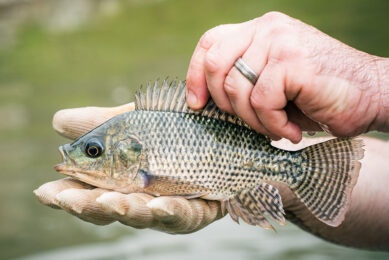India plans $123M to boost aquaculture
India’s National Fisheries Development Board is spending Rs 620 crore ($123 million) to expand the use of intensive aquaculture in ponds and tanks.
The aquaculture industry in India has worked to reduce the environmental impact of aquaculture in recent years, using the techniques to restore marine habitats. Aquaculture farmers are also increasingly using vaccinations in place of antibiotics to prevent disease.
The country now thinks that developing an intensive aquaculture industry could help it optimize fish yields from about 2.41 million hectares (6 million acres) of fresh water.The National Fisheries Development Board is rewriting its guidelines for aquaculture, as well as providing the money to help farmers adopt technologies for sustainable fish farming and fish seed production.
The fisheries board says that the majority of India’s eligible freshwater is located in tropical waters, in which aquaculture can be used to increase fish production to 5 metric tons per hectare (2.2 U.S. tons per acres) each year. But intensive aquaculture can be used in about 800,000 hectares by adding seeds, feed and fertilizers during the next six years.
Related folder:
Dossier AllAbout Aquaculture
[Source: cleantech.com]











